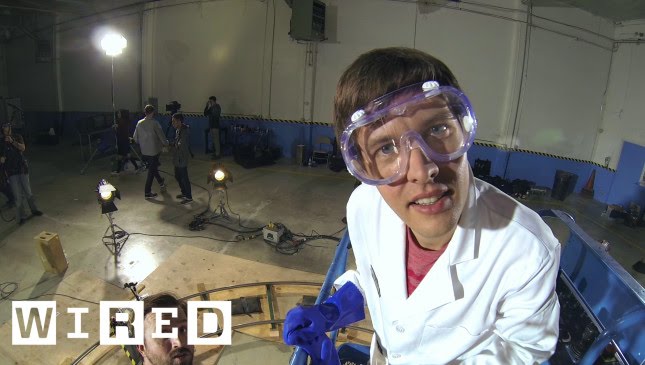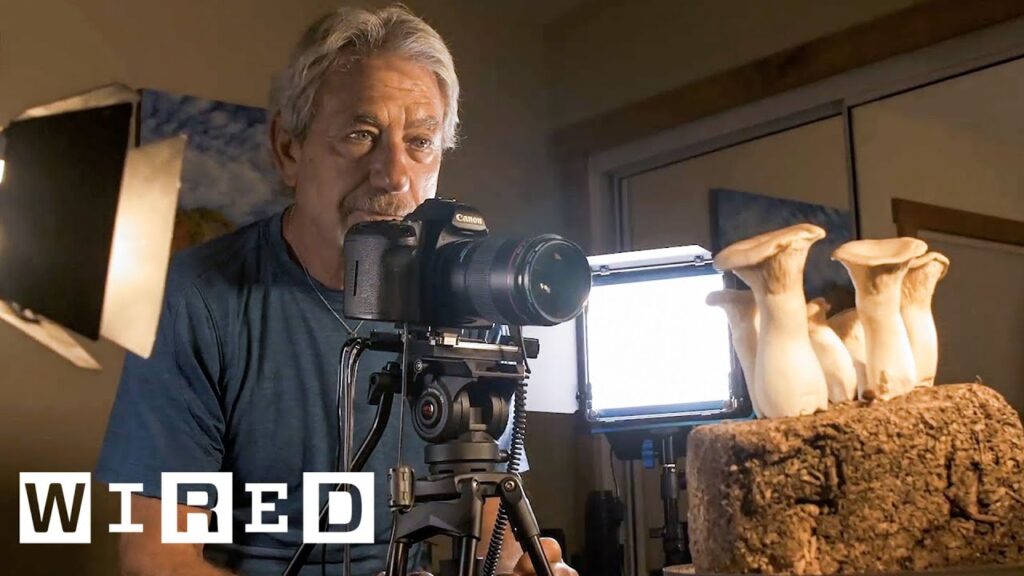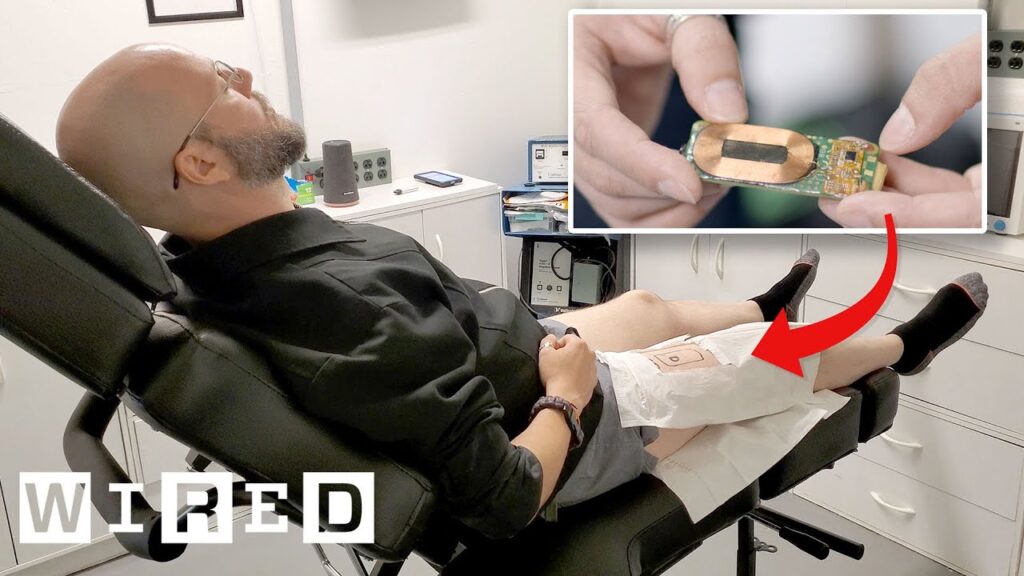The Hour Record in Cycling: Achievements and Challenges
Summary
In this article, we discuss the hour record in cycling, which involves riding on a track for one hour to cover as much distance as possible. We explore the current men’s and women’s records, the team effort required to achieve the record, and the tools used to gain a competitive advantage. We also delve into the importance of VO2 max, lactate measurement, and anaerobic threshold in endurance cycling. Finally, we share the speaker’s personal experience with improving their speed through professional bike fitting, aerodynamic testing, and component changes.
Table of Contents
- The Hour Record: Definition and Current Records
- Achieving the Hour Record: A Team Effort
- The Importance of VO2 Max and Lactate Measurement
- Personal Experience: Improving Speed through Professional Bike Fitting and Aerodynamic Testing
- Conclusion
The Hour Record: Definition and Current Records
The hour record in cycling is considered the purest of all cycling races, requiring one person to ride on a track for one hour to cover as much distance as possible. The current men’s record is 54.526 kilometers, held by Victor Campenaerts, while the women’s record is 48.007 kilometers, held by Vittoria Bussi.
Achieving the Hour Record: A Team Effort
Achieving the hour record requires a team effort, including designers, coaches, and athletes. They use tools like wind tunnels and power meters to gain a competitive advantage. Maintaining a consistent power output is crucial, and the record holders have generated around 300-440 watts of power for the entire hour. Attempting the hour record is a personal endeavor that requires strength, stamina, and a lot of power.
The Importance of VO2 Max and Lactate Measurement
VO2 max measures how well the body can get oxygen into the tissues. The athletes with the highest VO2 max numbers can only sustain that output for a few minutes, but can perform just below that level for longer periods. To find an athlete’s limit, they measure lactate in the blood and determine their anaerobic threshold.
Personal Experience: Improving Speed through Professional Bike Fitting and Aerodynamic Testing
The speaker in the conversation is not a professional cyclist but wants to improve their speed. They went to a bike manufacturer to get a professional fit and an aggressive outfit. A fit specialist used an LED motion capture system to adjust their position on the bike. They went to a wind tunnel to test their aerodynamics and tried different positions with the arrow bars. The speaker learned that being in the arrow position is only beneficial if they can stay in it comfortably. They also learned that handlebars matter a lot in the hour record, and the arrow bars are faster than drop bars. They raised the pads on the bike by two centimeters, which did not affect their aerodynamic drag penalty. They were also able to generate more power and be more comfortable with their head position. They went to the US Olympic track in Colorado Springs to test their speed and made some component changes, starting with the front wheel.
Conclusion
The hour record in cycling is a challenging feat that requires a team effort and the use of advanced tools. Achieving the record requires maintaining a consistent power output for one hour, which is almost impossible. VO2 max and lactate measurement are important factors in determining an athlete’s limit. Personal experience shows that professional bike fitting and aerodynamic testing can significantly improve an individual’s speed.







